Healthy sleep is essential for the full functioning of the human body. It has a positive effect on well-being, mood, gives strength, energy and good spirits for the whole day. But not every dream is healthy. And this is often the fault of an uncomfortable sleeping bed. Therefore, if you really want to relax, you need to competently approach its arrangement.
It is necessary to exclude all the nuances that can interfere with proper rest - an uncomfortable bed, low-quality bedding. But the most important thing is to choose the right mattress. Its characteristics should match your needs. It is required to take into account the design features of the product, the quality of workmanship, the degree of rigidity, and most importantly, the size of the mattresses. To understand which one is right for you, we suggest that you get acquainted with the variety of dimensions of these products.
Content
- Standard mattress sizes
- For double bed
- For one and a half bed
- For single bed
- Sizes of Euro mattresses
- Sizes of mattresses for newborns
- Sizes of children's and teenage mattresses
- Sizes of round mattresses
- Measures for determining the size of the berth
- How body weight affects mattress height
- Product weight
- Custom mattresses
- Features of orthopedic mattresses
- Tips and tricks for choosing mattresses
- Replacing the mattress
- Conclusion
Standard mattress sizes
Dimensions are one of the most important characteristics of the mattress for the buyer. They must correspond to the parameters of the furniture for which the product is purchased. This information can be gleaned from the technical passport with which the manufacturers accompanied the sleeping bed. If there is no such document, use a tape measure and measure with it the length and width of the bed box from the inside.
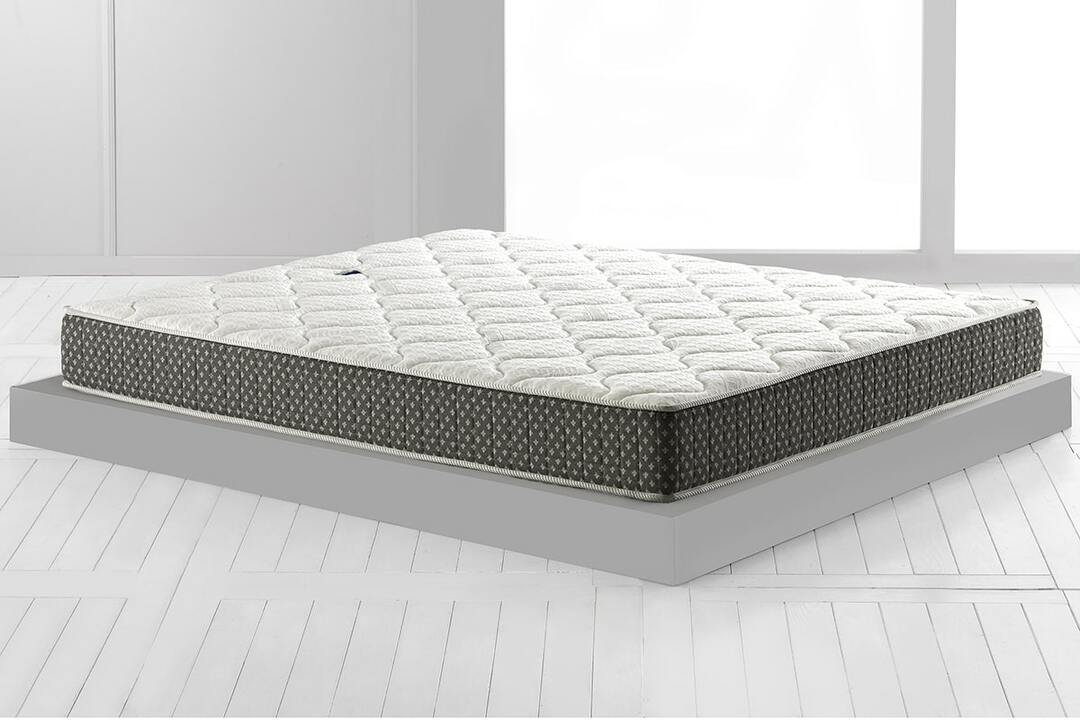
First of all, let's decide on the length. Typical can be considered the most common bed length - 200 cm. A bed of this size will fit almost anyone. It can be reduced if a person of short stature experiences discomfort during sleep.
The bed must be at least 15 cm longer than the person's height.
The width depends on the type of berth. Depending on it, all mattresses can be divided into three key groups:
- single;
- one and a half;
- double.
For double bed
If the mattress is more than 140 cm wide, it falls into the double category. A bed for sleeping with dimensions 140x190, 140x200, 150x200, 160x200, 180x200 cm is considered an acceptable option for a married couple. But placing two people on a mattress with a width of 140 cm is not very convenient. Indeed, for each of the sleeping people, in the end, there is only 70 cm. And if the spouses are not the owners of an asthenic physique, they obviously will not have enough space.
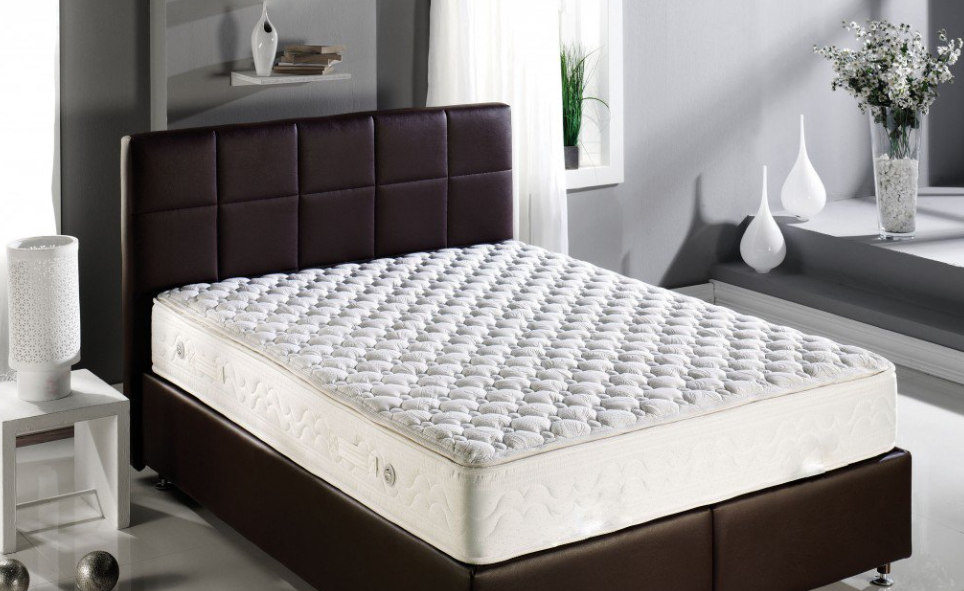
A mattress with dimensions 140x200 is optimal if:
- there is a shortage of free space to accommodate a full-fledged berth;
- the parent is forced to sleep with the child because of the medical indicators of the latter - in case of a violation of the mental state - the occurrence of fears, panic attacks.
The most commonly used mattresses with a width of 160, 180 and 200 cm. If the width is equal to or exceeds 2 m, then the length starts from 200 cm - 200x240, 220x220, 200x240, 220x240. These sizes are not standard, but can be customized.
For one and a half bed
If you do not need a double bed, and the width of a single bed is not enough for you for some reason, consider a one and a half bed option. In the line of similar mattresses there are products with dimensions - 100x200, 110x190, 120x190,120x200,130x190,130x200 cm. Such a bed will not hinder your movements and will allow you to comfortably sit during sleep. Therefore, if it is possible to install such a model in the bedroom, consider it in more detail. A similar bed can accommodate two people, but this will reduce the degree of comfort. If you do decide to use the queen-size bed together with a partner, we recommend giving preference to options with a width of 130.

For single bed
Single mattresses can only be used alone. The dimensions of these models are as follows - the width can reach from 80 to 90 cm, and the length from 180 to 200. Manufacturers offer the following options for standard sizes of single mattresses - 80x180, 80x190, 80x200, 90x190, 90x200 cm.
If the product is purchased for a child, you can choose a model with a length of up to 170 - 175 cm. However, it must be borne in mind that closer to adolescence, the bed will have to be changed. For a teenager, the most comfortable option will be a bed with a size of 80x190 cm. This is the most profitable option in terms of money, since it does not need to be changed as your child grows up and grows. A bed with a similar mattress can be easily placed in any small apartment. That is why models with such parameters are installed in hotels and hostels.
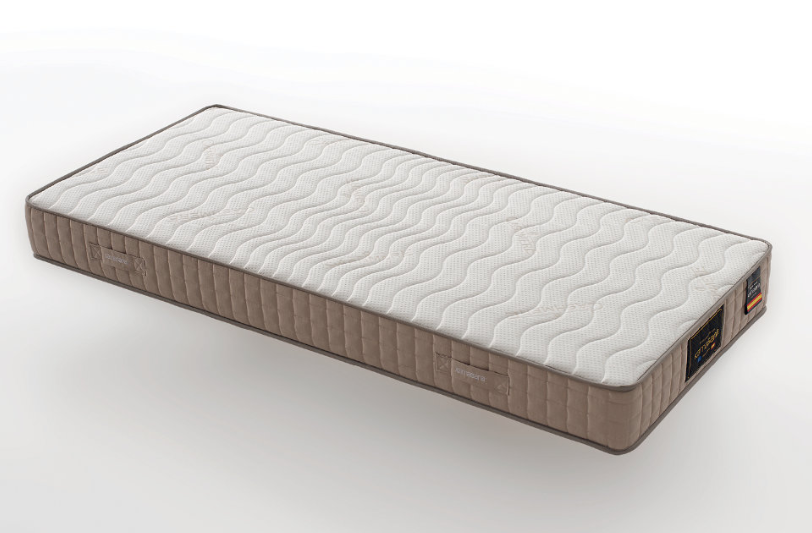
More details on the dimensions of standard models can be found in the table.

Sizes of Euro mattresses
European models differ somewhat in size from domestic ones and are indicated in mm. The size range has a step of 10 cm. We suggest that you familiarize yourself with the standard berth sizes adopted in European countries.
- single beds have parameters - 80x180, 80x190, 80x200, 90x190, 90x200 cm;
- double - 1400x2000, 1600x2000, 1800x2000, 1900x2000, 2000x2000 mm.

The concept - a half-sleeping mattress does not exist in the European system.
Sizes of mattresses for newborns
Mattresses for the little ones - for newborns also have certain standards. The most common size is considered to be 60x120 cm or 70x140 cm. Such models are easy to find, since they are represented in the lines of all manufacturers of this nomenclature.
But some of them went further and developed a more variable size range with parameters from 60 - 80 to 120-160.
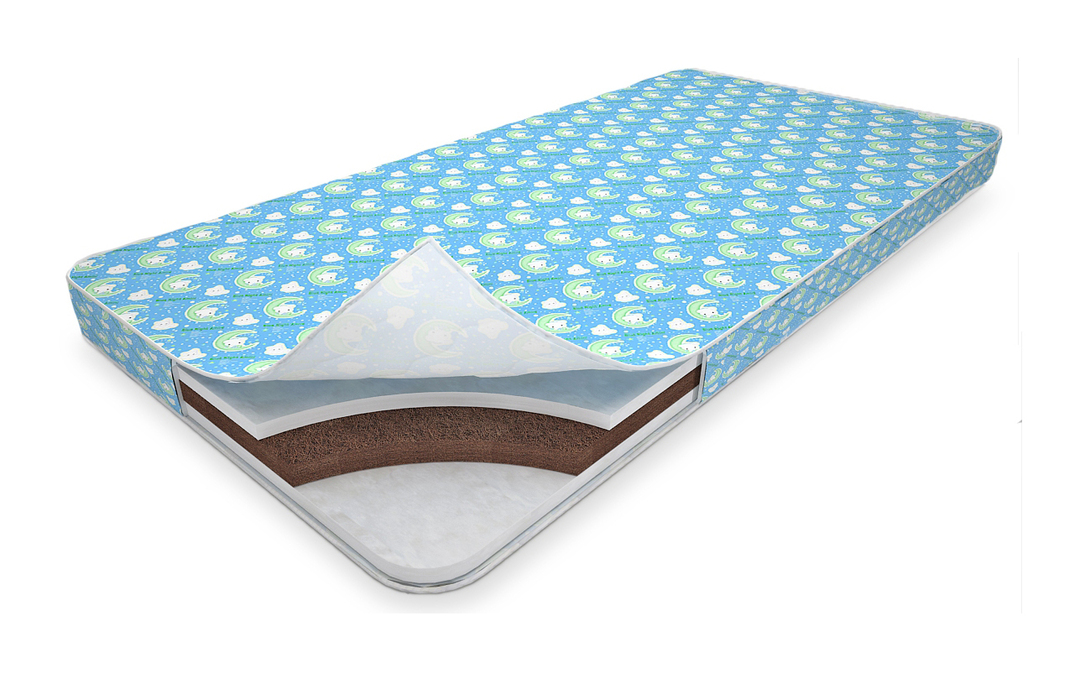
The thickness of baby mattresses for newborns is thin - as a rule, they are thin. Height ranges from 6-13 cm. If the product is equipped with a spring block, its thickness can be up to 16-18 cm. When choosing a product, it should be borne in mind that crib manufacturers recommend mattresses of a specific height for use.
Sizes of children's and teenage mattresses
The most popular option for children is 60x120 cm. But when buying, the same rule works as for adults - the length of the product should be at least 15 cm longer than the height of the child sleeping in it. Accordingly, you can choose the following sizes - 65x125, 70x140 cm.
If the baby is already 3 years old, it is better to immediately choose the larger option, since the child is constantly growing, and the small crib can very quickly become cramped for him. The hierarchy of standard sizes in this case is as follows - 60x120, 70x150, 70x160, 80x160 cm.
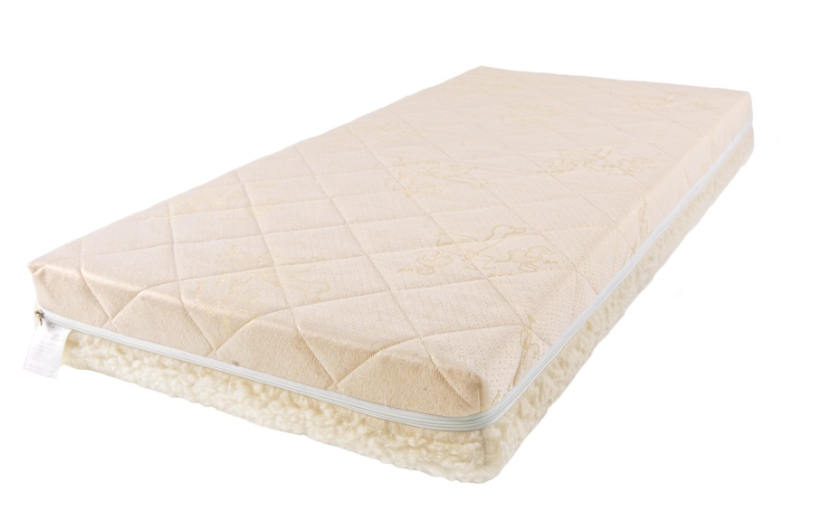
It is also better for a teenager to acquire a sleeping surface "for growth". Thanks to this, you can eliminate unnecessary material costs in the future. The standard dimensions that manufacturers offer for teenagers are 60x170, 80x180, 70x190 cm. But it is better to purchase a one-and-a-half bed, which will provide a comfortable rest even for a large child. The thickness of the product - from 6 to 12 cm, does not always contribute to good rest, especially if the weight of the child is almost the same as that of an adult. It is best to choose products that are devoid of springs and have a hard filler inside.
Sizes of round mattresses
If you want to create an interesting design or a romantic setting, you can use round models. They have only one parameter that determines their size - diameter. Consider the dimensions of round mattresses, depending on the number of sleeping places and usable area for good sleep.
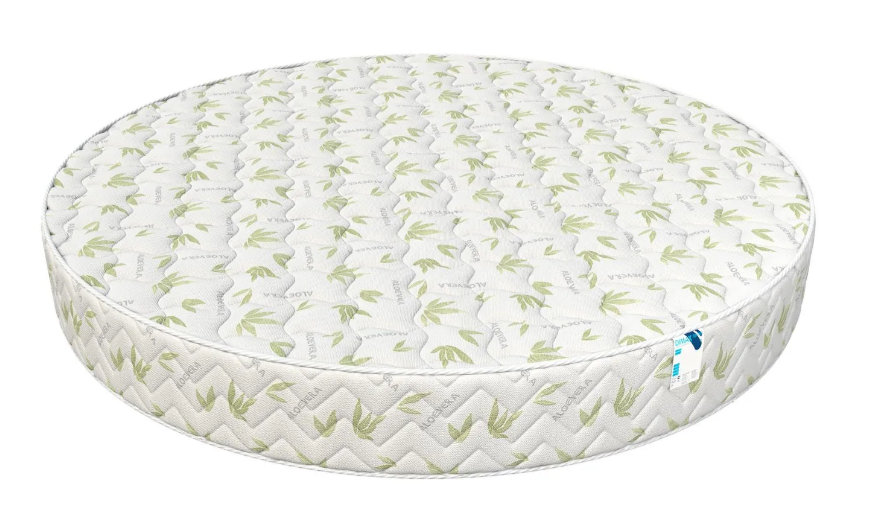
- up to 200 mm - with such dimensions, mattresses correspond to the sizes of beds for children or adolescents;
- single - have a diameter of 200 to 230 cm - a standard bed with one berth;
- double - from 240 cm - an alternative to a double bed with a width of 180 cm.
Measures for determining the size of the berth
Before going to the store for a mattress, it will be useful to get information about the variety of existing systems of measures.
- Metric. This system is adopted for use in Russia and some European countries - Italy, France, Germany. The standard units of measurement are used - meters and sentiments. Mattress width parameters have a step of 5 or 10 cm.
- English. Measurements are in feet or inches. Such a system is common in English-speaking countries - Great Britain, USA, Australia. With a mattress length of 80 inches and a width of 78 inches, the metric equivalent will be the parameters - 203.1 and 198.1 cm, respectively. Translation of values from one system to another often leads to errors in the selection of a European or Russian mattress for an English bed, or vice versa. The names of the standards also do not match. So, the size of the European lorry - 1600x2000 is considered double in America, and also the most common and profitable, in terms of costs, option.
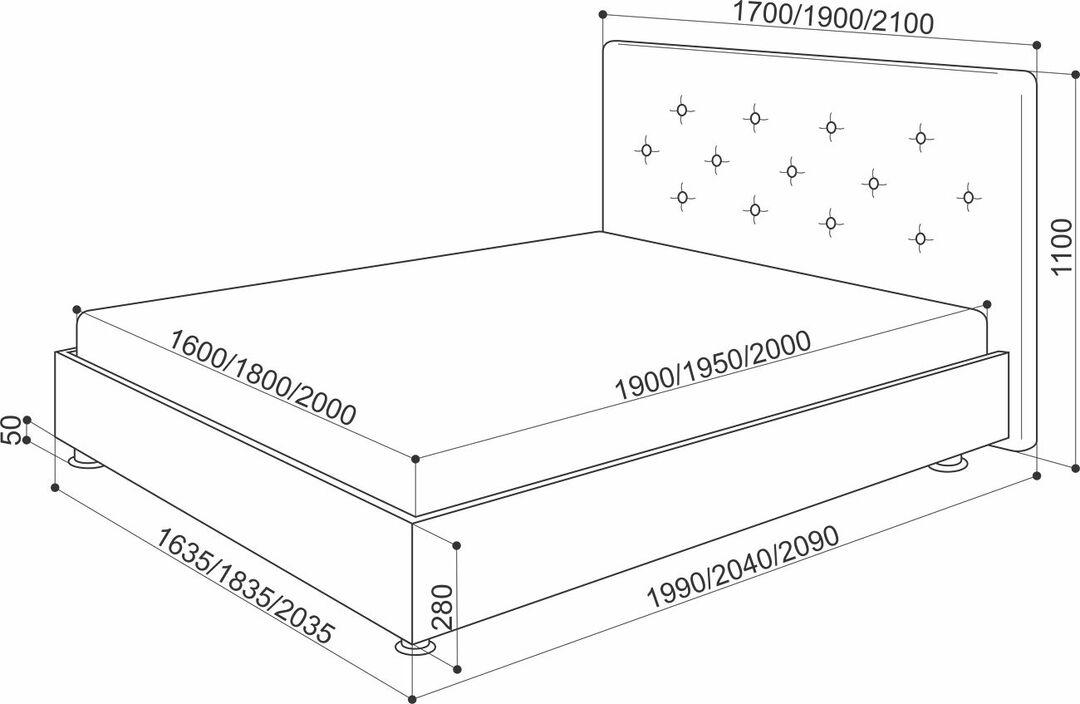
Correspondence of dimensions is a very important parameter when choosing a mattress - the standard size of an English double bed is 1400x1900 mm, and the European one will have a width and length of 1800 and 2000 mm, respectively. The American single bed called extralong is three cm larger than its European counterpart - 1900x800, 1900x900 mm.
The easiest way to avoid a mattress size mismatch with the size of the bed is to choose products from one brand or at least one country. Alternatively, you can order products for your individual size.
How body weight affects mattress height
The mattress should protrude from the bed box for any bed model. Heavy consumers are advised to purchase the highest version of the product.
The height of the mattress is primarily influenced by its internal filling. Depending on this, the following models are distinguished:
- spring - their standard height is from 20 to 22 cm. There are variations from 18 to 32 cm. In special cases, companies launch elite modifications with a thickness of up to 50 cm. But this is not the limit. On an individual order, it is quite possible to build products from 50 cm;
- springless - such models most often have a height of 16 cm. There are also alternatives from 15 to 24 cm. The thinnest products, with a height of 2 to 10 mm, are used only as flooring for a worn sofa or as a temporary cover for a folding bed or armchair that converts into a bed. In addition, they can be used to adjust the degree of rigidity of the base product. This type of sleeping surface is called a topper.
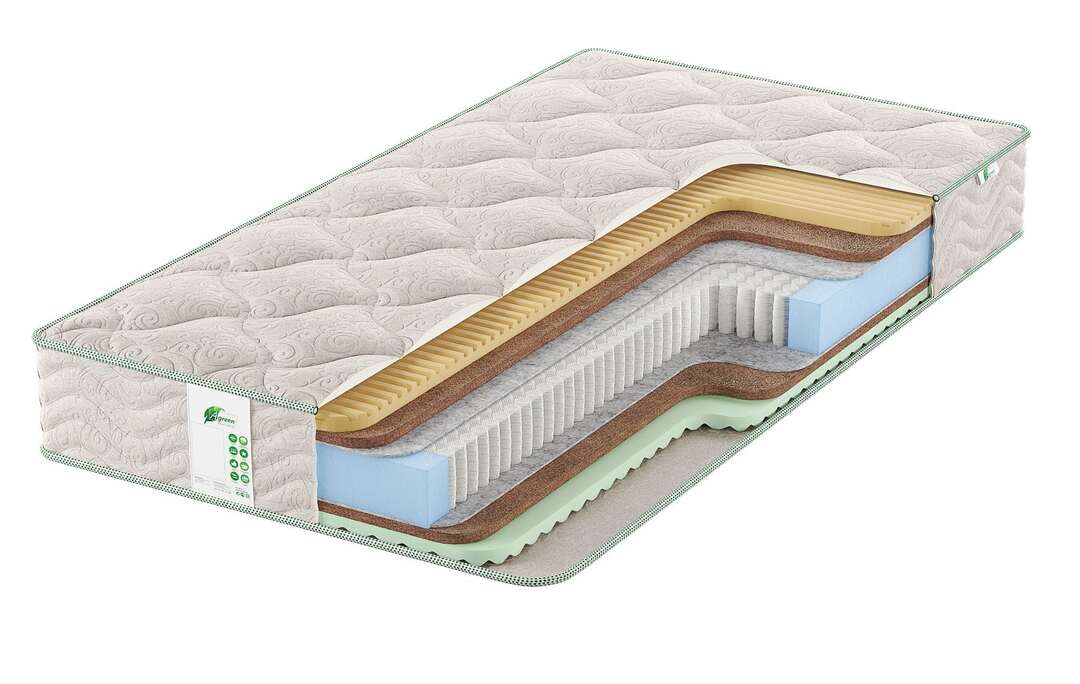
When choosing the height of the mattress, one should be guided by the weight of the person. Any model has a certain coefficient of elasticity. The more intense the compression of the filler occurs when the body gravity is applied to it, the greater the level of resistance it causes. Higher mattresses have more functionality.
Depending on the height, the products can be divided into the following types:
- thin - the design includes spring blocks with a rigid weight limitation. A product with a height of 11-15 cm is intended for users weighing up to 60 kg. For springless mattresses, there are no such strict restrictions, so the scope of their distribution is greater. It is convenient to transport and store thin products when folded in a roll;
- average - the height of springless models in this category ranges from 10-15 cm, spring-loaded ones - from 15 to 30 cm. This is the most common size option on the market today;
- high - the large height of the mattresses allows you to remove weight restrictions due to the use of fillers with layers of serious thickness. Expensive premium products can easily withstand sleepers weighing up to 170 kg.
Product weight
The weight of the mattress itself depends on the type of internal filling and on the dimensions of the product. The spring block has a weight of 10 to 13 kg per square meter, the springless one - 15-18. The weight of the product does not affect the operational life of the bed, but it is a significant parameter during transportation. The height of the product does not affect the level of anatomical characteristics, but the options for their manifestations, but if the budget allows, it is better to purchase the most plump version. The higher the mattress, the more various layers of filler it contains, and this makes the product more comfortable and increases its orthopedic properties.
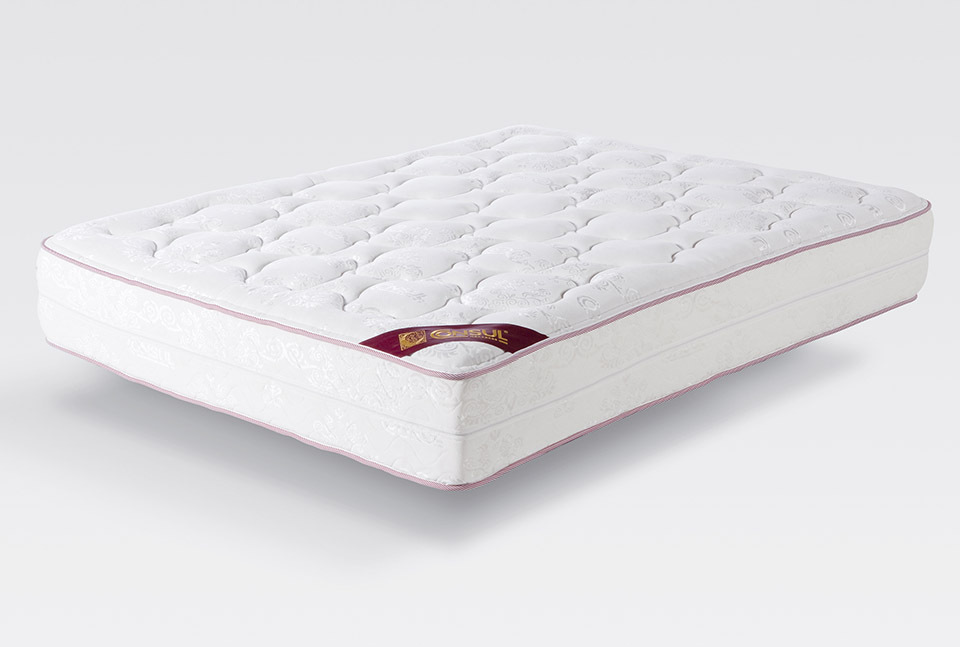
Custom mattresses
Most often, buyers choose a sleeping bed for a specific place in the room. In this case, it is required to take into account the author's idea of \ u200b \ u200bthe design and features of the body of a particular user. Standard models cannot always satisfy all the needs of discerning buyers. They may not work for the following reasons:
- does not match the size of the bed from the European manufacturer. Due to the mismatch of the marking, certain problems can arise;
- you need a product that will fit the bed with an exclusive, fancy shape. This option can only be made to order;
- a product is required for a person with non-standard height or weight. Mass production can offer models not exceeding 200 cm. If a person's height is 2 m or more, it will not be possible to provide the difference between his height and the length of the sleeping bed necessary for a comfortable sleep. A similar problem exists with the selection of models for people of corpulent build. This requires a reinforced structure and an increase in the number of layers in the structure of the product.

If you cannot find the best option in stores, contact your local company specializing in one-off production of products.
Features of orthopedic mattresses
The orthopedic options are filled with independent springs, each of which is placed in a separate cover. As a result, the structural elements do not interfere with each other. Springless products with high orthopedic properties are made on the basis of natural latex, coconut coir, foam rubber.
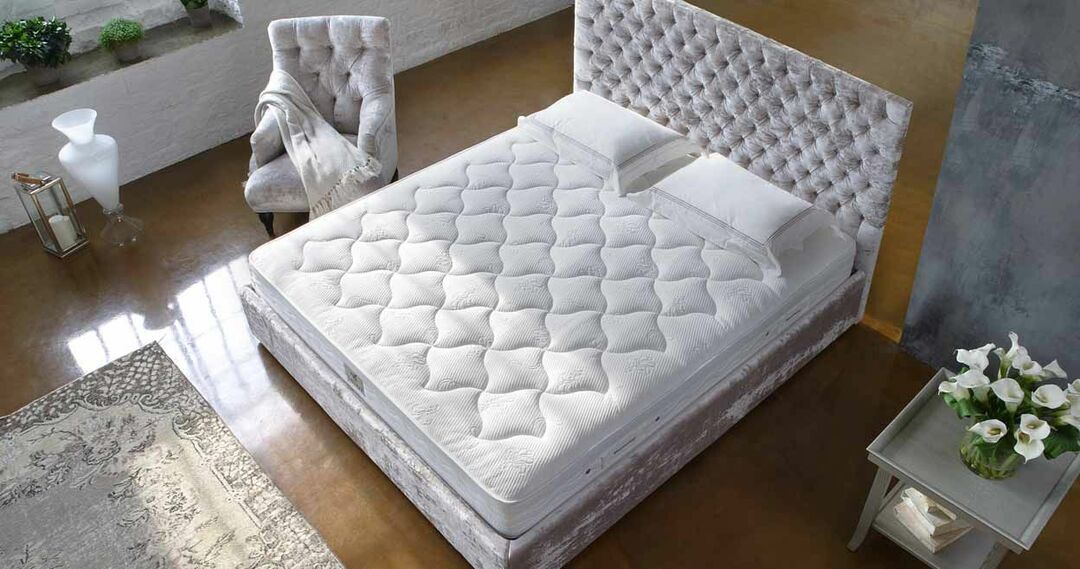
Orthopedic mattresses must be placed on a hard, smooth surface or a specially designed base that has a curved shape.
You can extend the life of the mattress by turning it over to the other side every six months.
Tips and tricks for choosing mattresses
The most important criterion when choosing a particular model is its convenience. For a long time, it was believed that the harsh options should be preferred. However, it is much more beneficial to sleep on surfaces that can accommodate the weight of each body part. Experts recommend when choosing to rely on your own feelings and financial capabilities.
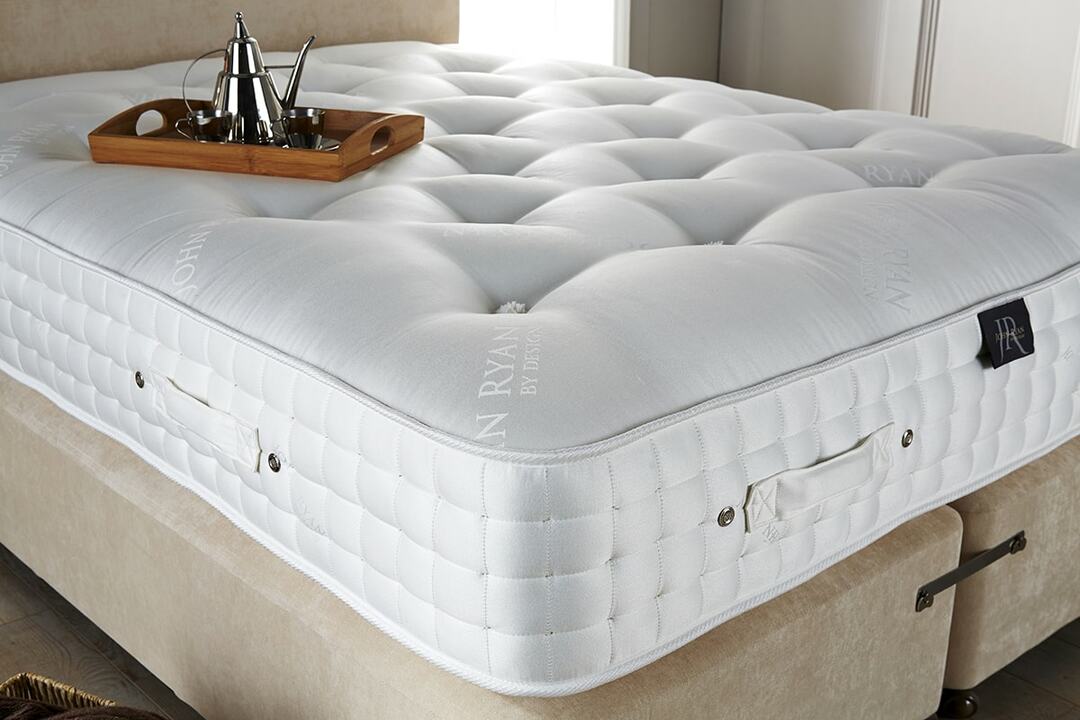
Products must be accompanied by certificates and quality certificates.
Replacing the mattress
A high-quality product can serve from 8 to 10 years, a budget option - from 3 to 5 years. The data are approximate, since in each case, various factors play a decisive role.
There are several signs that the time has come to part with a worn-out product:
- springs began to be felt;
- the surface is deformed;
- the coating has become excessively soft or hard;
- scuffs have formed;
- there was a crackling, creaking, grinding.
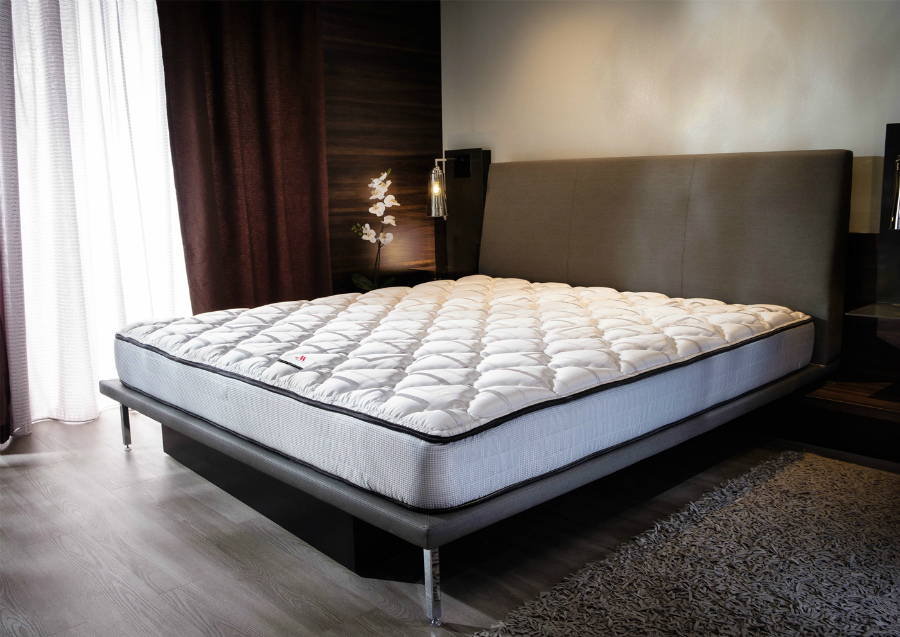
Competent use of the surface can significantly increase the duration of the service life. It is necessary to turn the product over once every two or three weeks immediately after purchase in order to stabilize it by changing not only the "top-bottom" position, but also the "head-feet" position.
If there is a large difference in the weight of the spouses, you should choose a product with a combination of two zones of different hardness. This will prevent the lighter partner from rolling into the depression formed by the heavier partner.
Conclusion
Using our recommendations, you can easily find a product of the right size that fully suits your needs.

